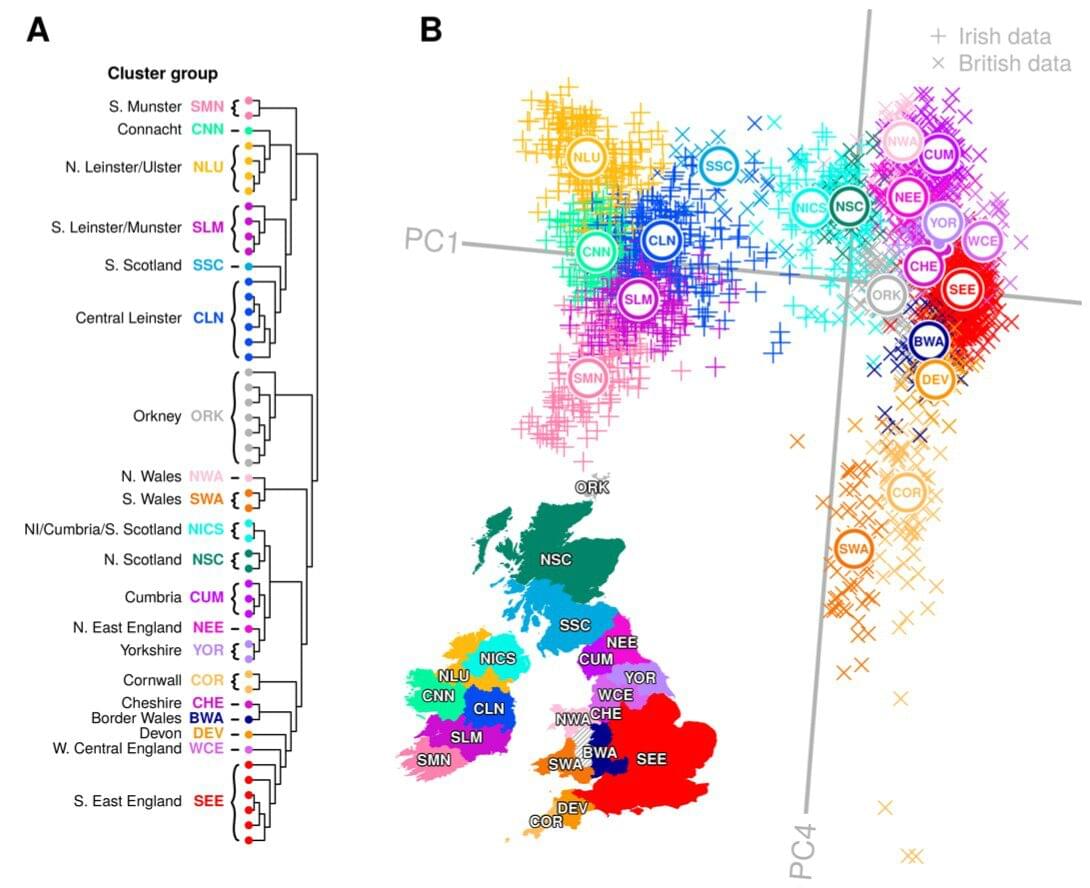Imagine a map of Ireland. Instead of the usual four provinces, the map is divided into six areas — not defined by political borders but rather by genetic differences.
This map is the result of a new thorough genetic analysis conducted by researchers in the genetics department of Trinity College Dublin, lead by Dr. Russell McLaughlin, the Ussher Assistant Professor in Genome Analysis. The study was intended to develop a finer understanding of ancestral differences, as these confuse genetic disease research. Dr. McLaughlin says the new data could “virtually redraw a map of Britain and Ireland”, exposing the rich genetic history of the people of Ireland and Britain.
Previous studies had concluded that the population of Ireland was genetically homogenous, as older methods did not offer a high-resolution image of Irish genetics. The new study utilizes more modern technology to reveal that Ireland’s population is in fact quite genetically diverse. Not only this, but historical events and geographical differences are reflected within the genetic distributions of the provinces.
The provinces of Ireland contain certain populations which are identifiable as genetically distinct. This means that the populations of certain regions have DNA which is specific to those people and differs significantly from others. Many of these distinct clusters, or genetic regions, correlate to historical movements between Ireland and the United Kingdom. The east of Ireland, where there has been a larger British population due to its proximity, shows more genetic homogeneity with Britain. The influence of the British also stands out starkly in the data from Ulster, where the Scottish were planted in the 1600s. Further migration between the isles mixed the gene pool to the point that it is difficult to distinguish other events.
Viking migration into Ireland is clearly highlighted by the research. Several European populations were searched for ancestral genes of the modern Irish and the researchers found that modern Scandinavians and Northern Europeans — the descendants of the Vikings — most closely matched. They even narrowed down the date that the ancestral genes entered the Irish genepool, which coincided with the time period of Viking settlements in Ireland. The strongest Viking genetic influences were found in people from Leinster, which included the largest Viking settlement, Dublin.







